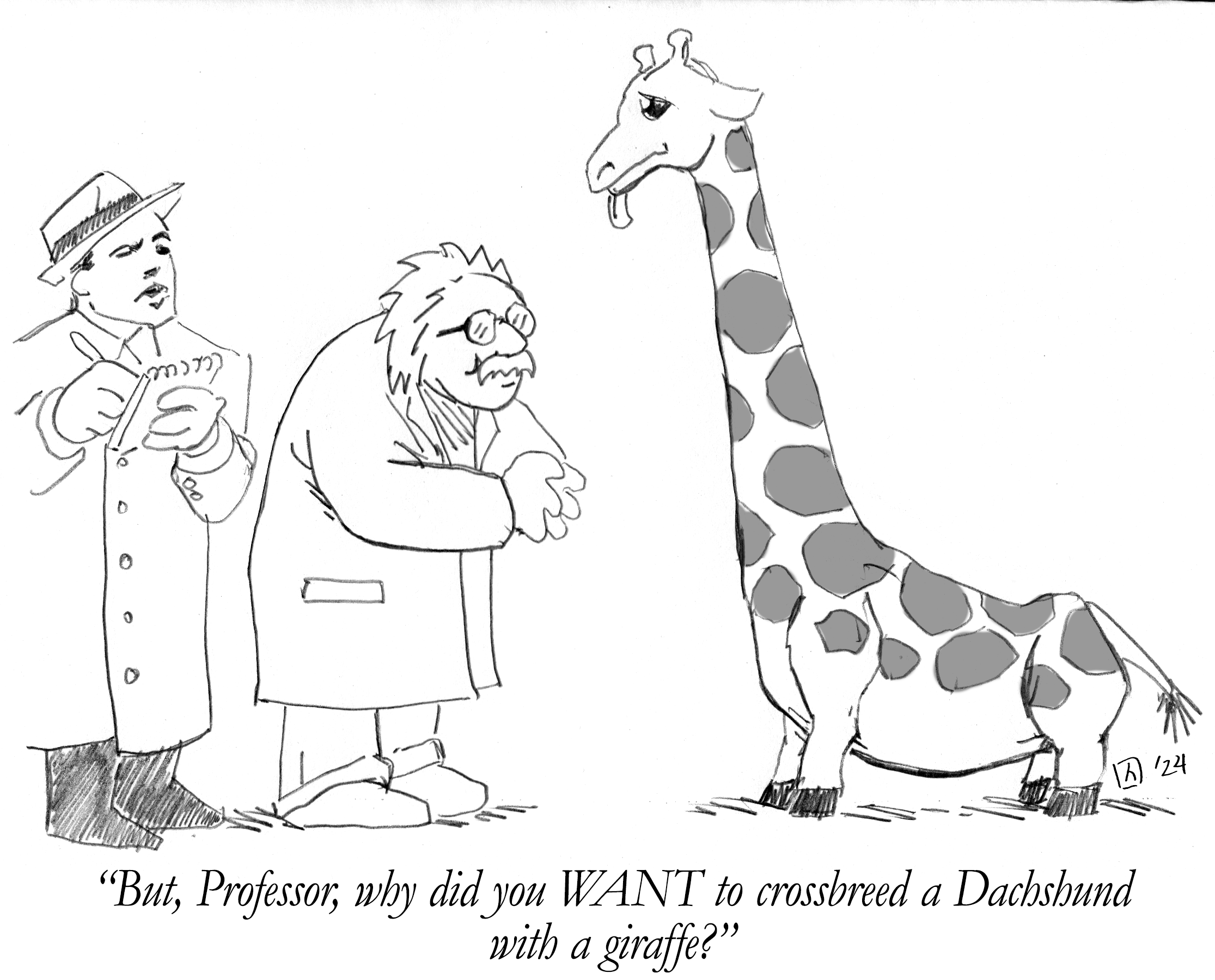In the past, new members of The Church of Jesus Christ of Latter-day Saints have always been asked to be patient with some adaptation to the culture of the Church—starting with new nomenclature. There was that familiar conundrum of being invited to the “stake center” for a social activity and expecting to be served a gourmet meal, or to a “ward” activity and wondering if that would include a visit to a hospital. (A “ward” is another name for a congregation; a “stake center” is a large, central church building housing more than one congregation.)
Of course, any organization of significance has a culture—which dictionaries remind us is the characteristic features of everyday existence shared by a group, including their diversions or way of life, as well as their set of values, conventions, or social practices. As observers note, over the last 75 years the culture of the restored church has shifted as our religion became less Utah and western-US-centered, and more and more global—with more than half of all Latter-day Saints now residing outside the United States.
Further cultural shift prompted by the name adjustment. It is increasingly apparent that the removal of the nicknames “Mormonism” and “Mormon” from the lexicon of Latter-day Saints and observers of the faith (a significant correction first announced in the fall of 2018)—has given that cultural shift a further acceleration.
One of the the first intimations of this same cultural change was evident way back in the 1960’s with the Church’s correlation effort. The teaching content and procedures of what were then referred to as church “auxiliary organizations”—the women’s Relief Society, as well as youth and child programs—had become somewhat unwieldy. So these began to be simplified and brought into more direct alignment or “correlation” with the Church’s singular mission to encourage members as well as the entire world to “come unto Christ” and experience the benefits of active membership in the body of Christ we call His Church.
This effort continued with the drafting of a single church-wide teaching program for full-time missionaries, a consolidated Sunday three-hour meeting schedule announced in 1980, and on to the more recent 2-hour schedule and “home centered, church supported” emphasis of recent years—these latter efforts further streamlining Christian worship to focus at an individual and family level, with less reliance upon church programs (for brevity here I’m fast-forwarding past a lot of other related changes).
In many ways, the removal of the “m” words crowned a long-developing cultural shift in the Church, while sparking a fresh perception of that culture by general society.
Becoming the culture of Christ. In October 2020, two years after the name adjustments were announced, Elder William K. Jackson of the Seventy gave an insightful talk entitled: “The Culture of Christ,” where he reminded us: “The Church of Jesus Christ of Latter-day Saints is hardly a Western society or an American cultural phenomenon. It is an international church, as it was always meant to be.” He also spoke of people from all backgrounds who are embracing this culture of Christ in their own nations. The removal of the “m” words crowned a long-developing cultural shift in the Church.
This divine culture summoned their camaraderie, support, love, unity, and devotion to one another. I was quite moved reading some of those scriptural accounts recently that describe a Church totally “Christian”—identified that way by others, and totally focused on the Master. This was the defining feature of their culture and entire lives. For instance, during the ministry of Captain Moroni “all the true believers of Christ, who belonged to the church of God” were called by those who did not belong to the church “Christians”—a name they “took upon them gladly.”
Do we feel the same?
President Russell M. Nelson, President of the Church, had underscored this same focus some eighteen months prior to Elder Jackson. In announcing the Church’s new web domains of ChurchofJesusChrist.org and ComeUntoChrist.org, President Nelson reminded us that “Jesus Christ is at the center of His Church.”
Along with the name correction, some events and activities in the Church that were associated with our religion but which may not have been direct expressions of our inherent “culture of Christ” were set aside—for instance, several outdoor and indoor pageants. Some (myself included) initially lamented the loss of such perennial favorites as the Hill Cumorah Pageant and the Manti Miracle Pageant, the Scouting program, and some other regional activities and cultural events.
Yet when we consider what makes the modern Church of Jesus Christ uniquely identifiable, one helpful perspective is to look at the Church through the eyes of an adult convert—and review the process by which they typically come to recognize the true gospel of Christ and then integrate themselves into His faith.
Seeing through the lens of converts. Regardless of where a person lives in the world, their direct interest in the Church usually begins with their admiration for and friendship with a member of the Church and/or the full-time missionaries. They then seek to explore the religion behind the personality—the source of this other person’s happiness.
They begin attending church—usually sacrament meeting (the main meeting, which is focused on Christ). They also meet with full-time missionaries to learn about the teachings of the Church, and in the process they come to realize that the missionaries are representatives of Christ. Through reading the Book of Mormon, the Bible, and as a result of personal prayer, they obtain a private conviction that Jesus is the Christ, and that the restored gospel of the Son of God is true.
They rejoice in their newfound opportunity, desire to follow Christ, and are baptized. They make covenants or promises with God in doing so—to follow Christ, try to live by Christian principles, and love others. They typically experience outpourings of the Holy Ghost that communicate to them truths from Heaven.
Have you noticed thus far in the review that not one thing that in a usual sense would be described as “cultural” has yet come into the life of this new convert, only a significant Christian conviction, a desire to be a member of Christ’s Church, and a change of personal routines and habits?
After baptism new members continue to attend Church each week and partake of the sacrament (a symbolic Christian practice)—to renew their promises made at baptism and receive spiritual strengthening and healing for their daily lives.
As they continue to develop, both men and women then prepare to make further Christian covenants in temples of The Church of Jesus Christ of Latter-day Saints—enabling them to always be together with their loved ones both in this life and the next. The new convert ideally feels surrounded by and fixed upon Christ—as a clear, singular and unifying focus.
The simplicity of Christian discipleship. While on this earth, Jesus Himself continually demonstrated the simplicity of the discipleship He invited of His followers, beginning with the first words spoken in His ministry of which we are aware: “Repent and believe.”
Perhaps the additional, optional programs and activities that were curtailed in the Church today sometimes tended to upstage or muddle the focus of this simple but profound path of spirituality that leads a person to eternal life—what Nephi described in the Book of Mormon as a “straight and narrow path.” On this path we are encouraged to “press forward with a steadfastness in Christ” and rely upon “Him who is mighty to save.”
From this frame of reference, the only culture discernable is the culture of Christ.
By comparison, there was in the past a potential overwhelm for new converts with MIA, extra primary days, separate testimony meetings (many years ago), Scouts, genealogy get-togethers (the list went on and on). New members jumped into a fast-moving treadmill that didn’t always seem to comport with the straightforward, simple path to Christ that unfolded in their introduction to the faith. And much of this got wrapped up and around what was defined as being a “Mormon.” So much of this has now been pared down to essentials, and the wrapper (the “m” word) has been removed.
Foundational questions prompted by removing nicknames. Some have still wondered, in considering the modern-day Church’s name correction, how the Church or its culture could be distinctly referenced on a practical basis in any other way than by the now-outworn nicknames “Mormon” and “Mormonism.” Yet many sensed from the beginning that this August 2018 correction (to always reference the full name of the Church of Jesus Christ) was meant to stimulate far more than mere sidebar conversations on the merits of naming conventions.
In this age of restoration, the God of Heaven once again profoundly demonstrates He is so far wiser—and infinitely brighter—than us all. I’ve come to believe that with this one simple step, this clear name correction, He challenges each of us—both those in the faith and those who may have stepped away—to lay aside any remaining cultural filters and recognize that this name correction is central to the ongoing mission of His Church, as President Russell M. Ballard and others have indicated. Consistently, modern-day apostles have promised that our individual insistence on using the Lord’s name both in referencing His Church and also when we identify ourselves as members will have a strengthening and regenerative effect upon each one of us.
In my own case, this name clarification has presented me with plain, foundational questions for reconsideration in my life, such as: What is my view of the Lord Jesus Christ? Am I in truth His disciple? Do I have a conviction that the church I attend each Sunday is truly His Church and kingdom upon the earth—and that Jesus is leading it today? Consequently, am I in everyday life—public, professional, and private—willing to call myself, unashamedly, by the name of Christ?
Through their omission of the name of Christ, did these previous nicknames (the “m” words) tempt us at times to become semi-disciples, comfortably operating under the radar? If so, then we are now instantly in the open. As citizens within the culture of Christ, we are thereby impelled to take a stand and answer—without equivocation—the central question: Are we “in Christ” or are we someplace else? Is this reflected throughout—”in word, in conversation, in charity, in spirit, in faith, in purity”—and in our unabashed allegiance to Jesus and His restored Church?
Innocent attention to less important things. Or alternatively, would we suffer ourselves to abide merely as the product of a religious heritage and background, and called by an adopted nickname—one we did not choose (at least initially) and that is not Christ’s own name—and one that never was the authorized name of His Church?
Can you see how easily our perception may have been obscured a bit by innocent attention to smaller things that over time seemed to become attached to our faith but were not truly essential? One sister good-naturedly quipped that she remembers the time when she felt that to be a “good Latter-day Saint” and “go to heaven” she needed to both enjoy and participate in quilting and grinding wheat (outgrowths of the Church’s self-reliance program). Or how about members who may have felt “outside of the inside of things” simply because they had never seen the popular Latter-day Saint play “Saturday’s Warrior”?
By contrast, with such clear focus upon Christ, our capacity for spiritually and socially rich friendships in today’s Church is stronger than ever (far from the “bare bones” culture some have recently insisted may be emerging). By many measures, members of this church have more abundant opportunities than ever—and the future is bright! We see that the culture of Christ binds us together in ways that no other banner ever could.
Flemming Hald of Mapleton Utah, longtime Danish convert and former Bishop, relates: “When I say ‘The Church of Jesus Christ of Latter-day Saints’ to friends and family … there’s power in those words. It has helped me to be more aware of which church this is. … It’s amazing how powerful a name change can be.”
Candi Mumford, Latter-day Saint from Saratoga Springs, Utah, experienced this public shift in identity first hand when she was introduced to another mother from Texas. When this other woman related that she is a faithful Christian, Candi told of her membership in The Church of Jesus Christ of Latter-day Saints. Immediately her new friend said: “Oh, we’re both Christians”—creating an immediate bond. Candi said that she likes how “instead of being set apart, we have a shared common culture with other Christians.”
Her daughter Jodie, age 16, shared more about the effect the name correction is having among other youth she knows: “When we would say ‘Mormon’ in the past, others could think whatever they want about what we believe. But when Christ’s name is spoken first, it puts our beliefs into focus. It reminds me that I am a part of Christ’s Church and that I’m a daughter of Christ.”
Underpinnings of a rich Church culture. This kind of power to deeply affect others for good and even bring souls to Christ, through a culture based upon the name of Christ, was illustrated recently in the true story of a child and her schoolteacher in Tahiti, related by Elder Neil Anderson in fall of 2011:
Ten-year-old Iriura Jean resolved to follow the counsel of President Nelson (to use the full, authentic name of the Church in describing her religion). In her school class they discussed their weekend … and Iriura talked about … church. Her teacher, Vaite Pifao, said, “Oh, so you are a Mormon?” Iriura stated boldly, “No, … I am a member of The Church of Jesus Christ of Latter-day Saints!”
Her teacher replied, “Yes, … you are a Mormon.” Iriura insisted, “No teacher, I am a member of The Church of Jesus Christ of Latter-day Saints!” Ms. Pifao was amazed at Iriura’s conviction and wondered why she was so insistent on using [the] long name of her church. [She decided to learn more about the Church.] [Later, as Sister] Vaite Pifao was baptized [she expressed gratitude] that Iriura heeded the counsel of President Nelson.
Thus we see that the culture of Christ binds us together in ways that no other banner ever could. Truly our culture is, as President Dallin H. Oaks expressed: “a distinctive way of life” that “help(s) us keep the commandments of God.” And in Elder Jeffrey R. Holland’s words spoken in the most recent general convening of the Church, we as a people “hold aloft the mission and message of the Savior of the world.”
In the sweetness of that work we find happiness and enduring friendships along the way, along with everything else needed in the abundant life. With richness like that, who needs all the extras? With Nephi, may we celebrate and delight in the “plainness” and the simplicity of the path ahead and the community ready to walk with us as we move along it.

















